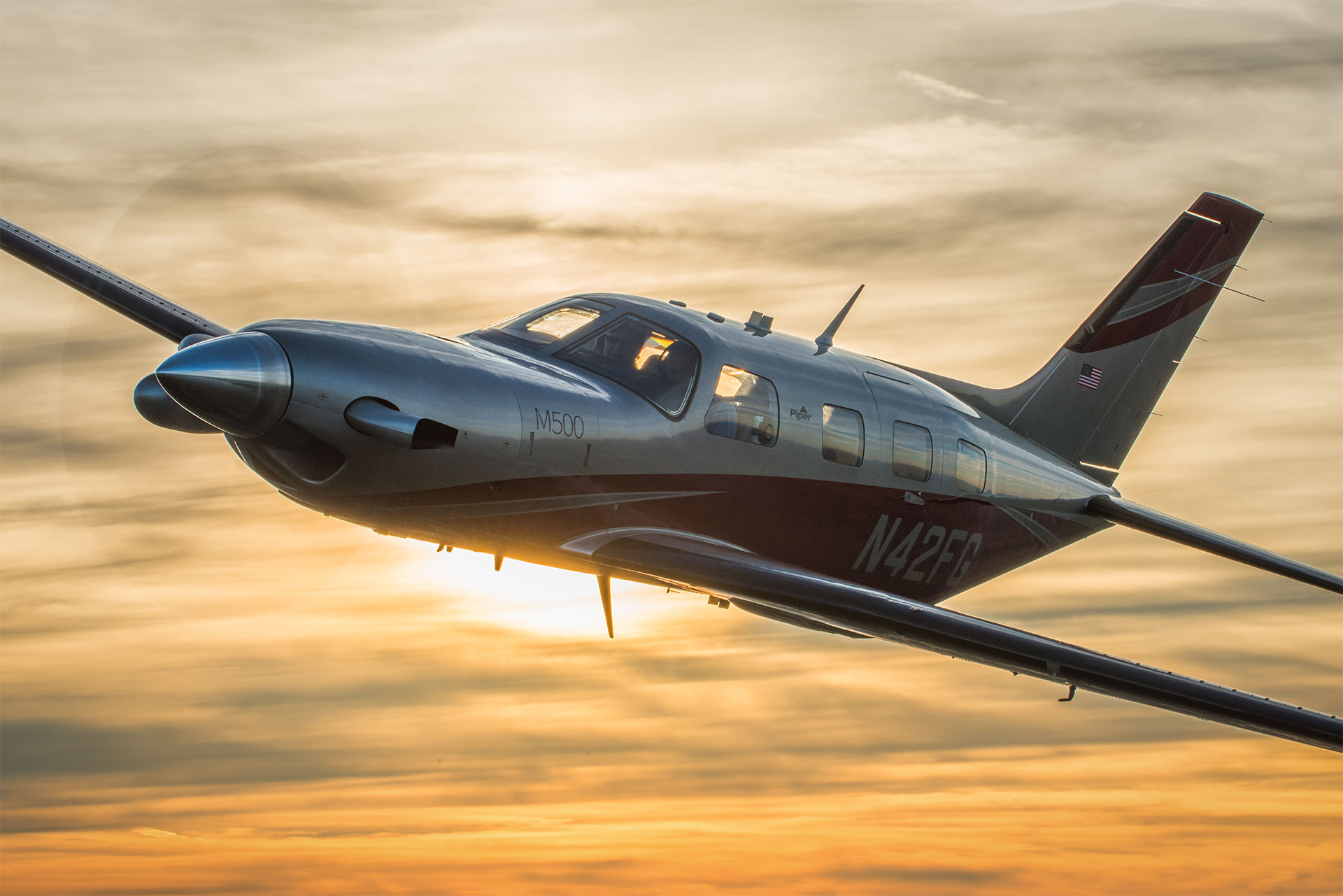Estimated reading time 14 minutes, 3 seconds.
There is a tangible shift happening in the light aircraft market.
At the close of a very challenging year for aviation and aerospace, it turns out there were a few silver linings for light aircraft manufacturers. They’re benefitting from the interest of a whole new segment of buyers and flyers, whose attention has been funnelled to private aviation by the global COVID-19 pandemic.
Whether that interest comes from high net worth individuals who are already licensed pilots and have decided that now is the right time to buy their own plane, or from travelers who normally buy business class tickets on commercial airlines, the barriers to private aviation are falling.
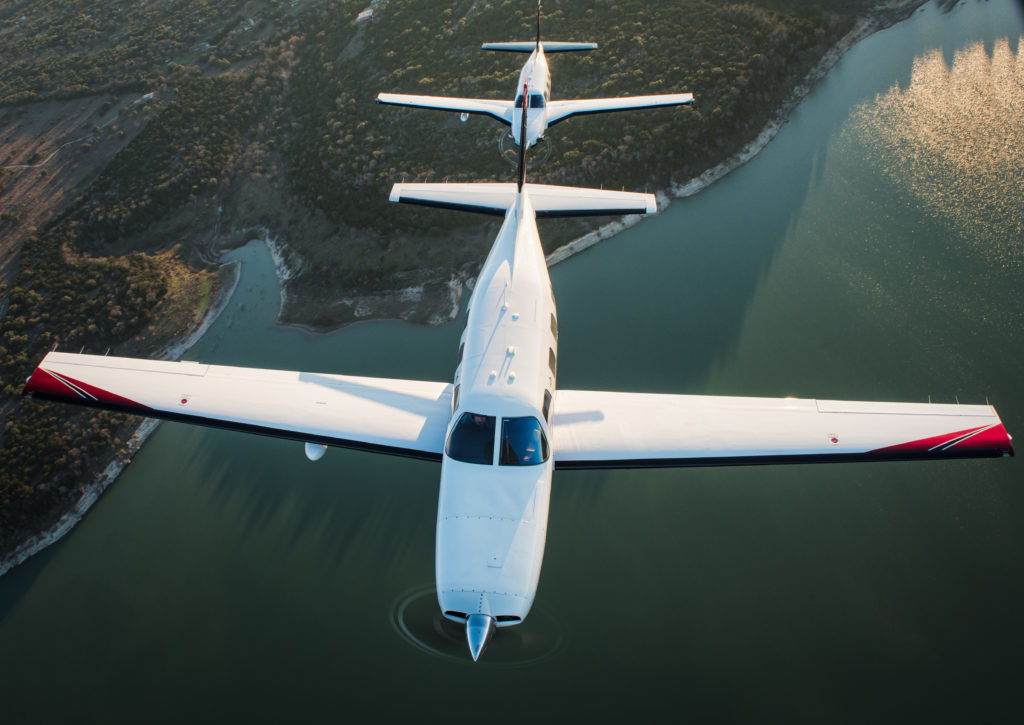
“If you look at traffic data in 2020, the light segment is seeing operations at or higher than 2019 levels — that is something worth noting,” said Jens C. Hennig, vice president of operations at the General Aviation Manufacturers Association (GAMA) in Washington, D.C. “People are using those aircraft at normal levels or higher.”
While border restrictions may decrease the flow of international air traffic, Hennig pointed out that light aircraft are perfect for domestic trips. That makes them an attractive prospect to individuals who must still travel, but want to cut their risk of getting sick along the way.
Vero Beach, Florida-based Piper Aircraft Inc. had a successful year in 2020, pandemic notwithstanding. Its M Series single-engine turboprop family of aircraft — including the M350, M500 and M600/SLS, which are priced around US$1 million, $2 million and $3 million respectively — lands squarely in the sweet spot for small aircraft charters or private ownership.

Through its dealer network, Piper retailed 73 new M class aircraft into the marketplace in 2020, exiting December with the lowest dealer inventory in recent history.
“What is driving that is the upside of COVID, which is the need for personal transportation in the general aviation segment, and that extends across all manufacturers,” said Ron Gunnarson, vice president of sales, marketing and customer support at Piper. “In some aspects, COVID has assisted us with market penetration, particularly here in the U.S. and Canada.”
Gunnarson explained that all M Series aircraft have a similar mission profile, which includes trips of 500 to 600 nautical miles in duration. Most of these six-seat aircraft are purchased for personal use, although the upper-end M600 model is split evenly between corporate and private ownership.
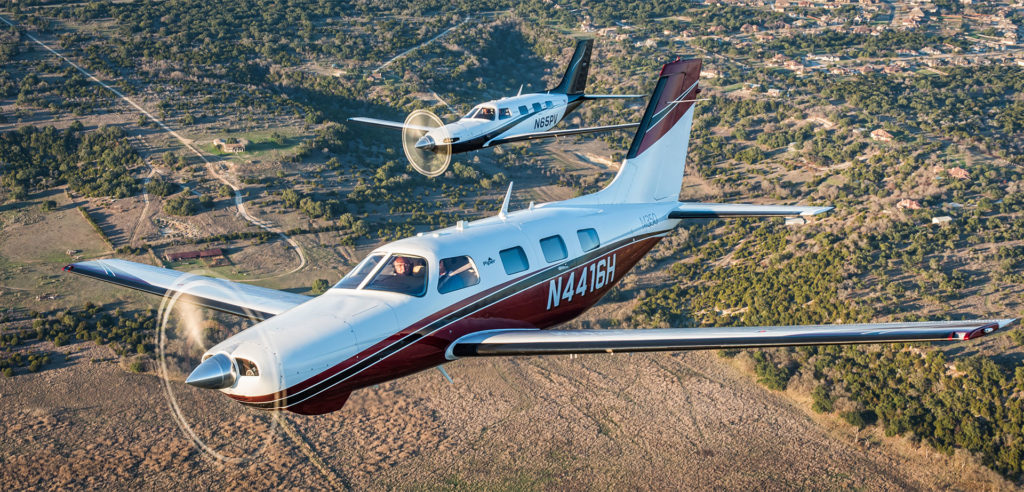
Several factors are now converging in the marketplace, and together they are driving demand in the small aircraft charter segment. Gunnarson said per-seat-mile programs and charter activity “is starting to work its way down from the heavier market into the M Series 500 and 600 type of aircraft. The result is that this further grows the availability and acceptability of personal travel, at a lower price point.”
In addition, the market is maturing, as people contemplate the evolution of futuristic travel, including air taxis.
“There seems to be more acceptance among those unfamiliar with private travel,” continued Gunnarson. “Everyone understands that times are changing. Demand is coming down from the mid- to light-jet market, and up from concepts such as Uber Elevate. There is a meeting in the middle, and that’s where the Piper M Series is found.”
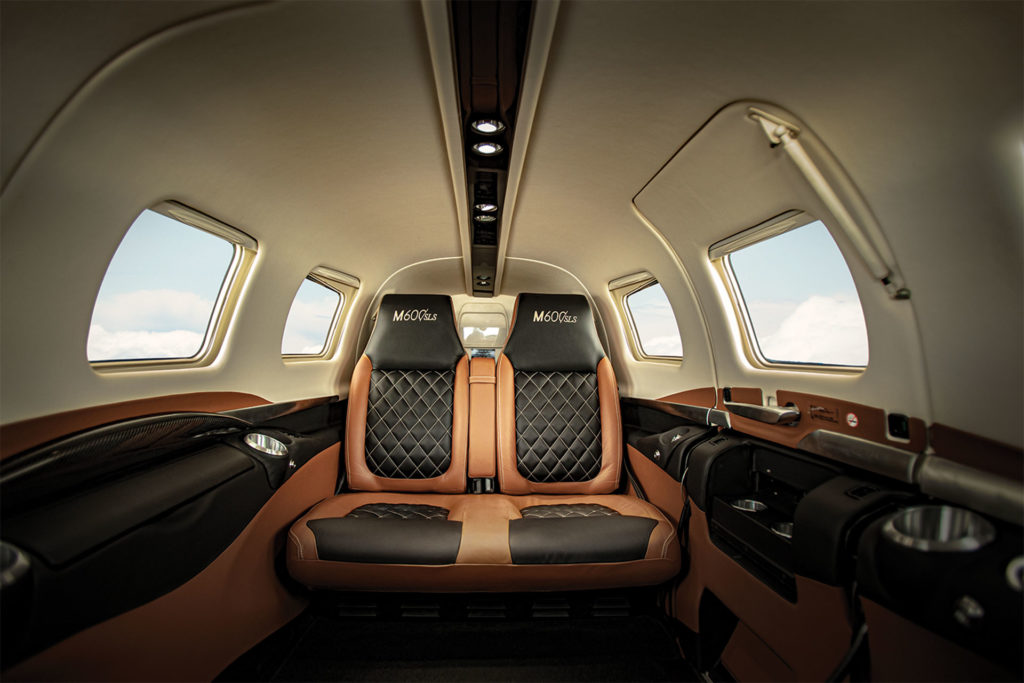
Moreover, he said, Piper was the first to certify its Halo system, utilizing Garmin’s Autoland technology, in the M600/SLS. This technology helps increase the comfort level in the single-pilot charter market; in the event of pilot incapacitation, a passenger need only touch a button and the aircraft will land itself at the nearest suitable airport.
When you add in the health and safety benefits of private air travel — including fewer contact points and less vulnerability to the COVID-19 virus — it’s not hard to see why the market has been expanding to include a whole new group of travelers.
A Bigger Pool of Buyers
In London, Ontario, Diamond Aircraft Industries Inc. has also been tracking an increased interest in its seven-seat DA62. Powered by two turbocharged jet fuel piston engines, the aircraft was introduced to the market in 2015 and currently carries a base price of US$1.17 million.
Since August, business has been picking up at Diamond, according to Annemarie Mercedes Heikenwalder, the company’s aircraft sales manager.
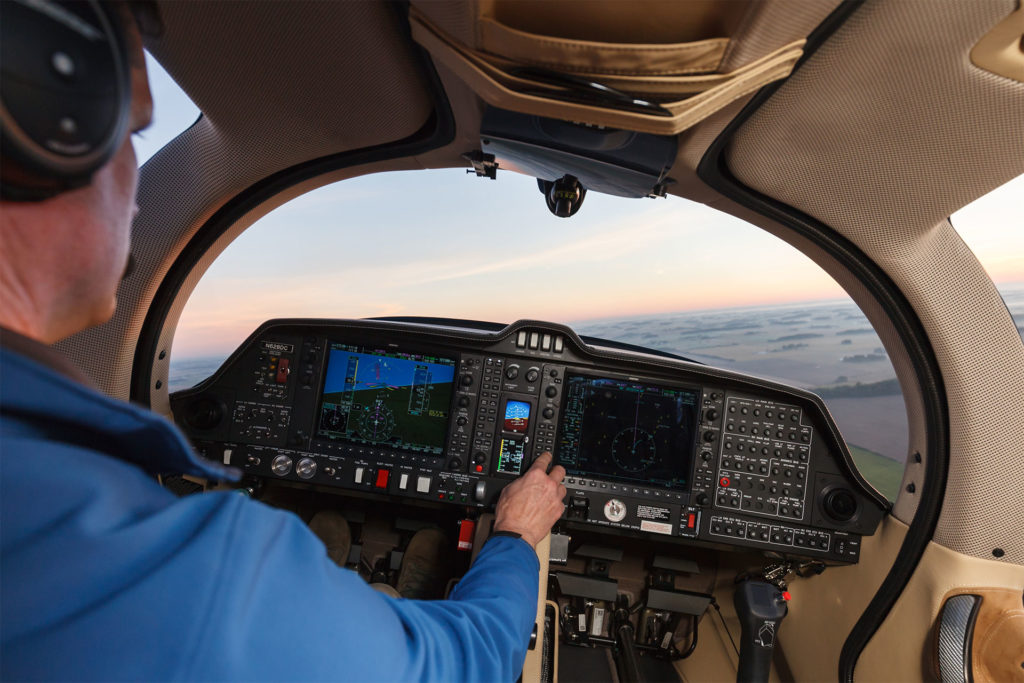
“In recent years, fleets and fleet sales have typically been the largest part of our business,” she reported. “Now, we’re noticing a spike in the private market — charter operators and business travelers — who are looking for an affordable alternative, and they are turning to the DA62. I really do feel this sector is getting some new attention.”
Diamond expects to sell more than half of its production to private operators in 2021, which is atypical. Normally, up to 80 percent of its sales are destined for fleets, while approximately 20 percent of aircraft go to private owners.
“The DA62 is perfect for the one-to-three passenger segment,” continued Heikenwalder. “You can single-crew the aircraft depending on your local transportation authority’s operator requirements. It has the largest cabin in its class, with twin-engine safety and luxurious finishes. And, the operating costs are quite low compared to other aircraft in this class — you can travel on a DA62 for about the same price as a business class ticket.”
Globally, about 10 to 15 operators use the DA62 for charters. Heikenwalder said it’s become a good supplementary offering for those companies, helping them attract more entry-level business.
On the private side, the DA62 is often purchased by successful business owners and high-ranking executives, some with multiple homes throughout Canada and the U.S.

Heikenwalder said Diamond is now modifying its marketing initiatives to target “a bigger pool of buyers” in 2021.
“The point I always like to make is that we are social beings, especially when it comes to closing a deal or signing a big contract,” she said. “It’s just not the same doing that online. For big ticket items like that, people are looking for a way to travel, and they are turning to business aviation. I do think we’ll see a lot more DA62s entering the charter market over the coming year. Time will tell.”
Exploring Options
Once a client takes the first step to charter an aircraft, there is typically an evolutionary process that unfolds as they explore the potential of private travel.
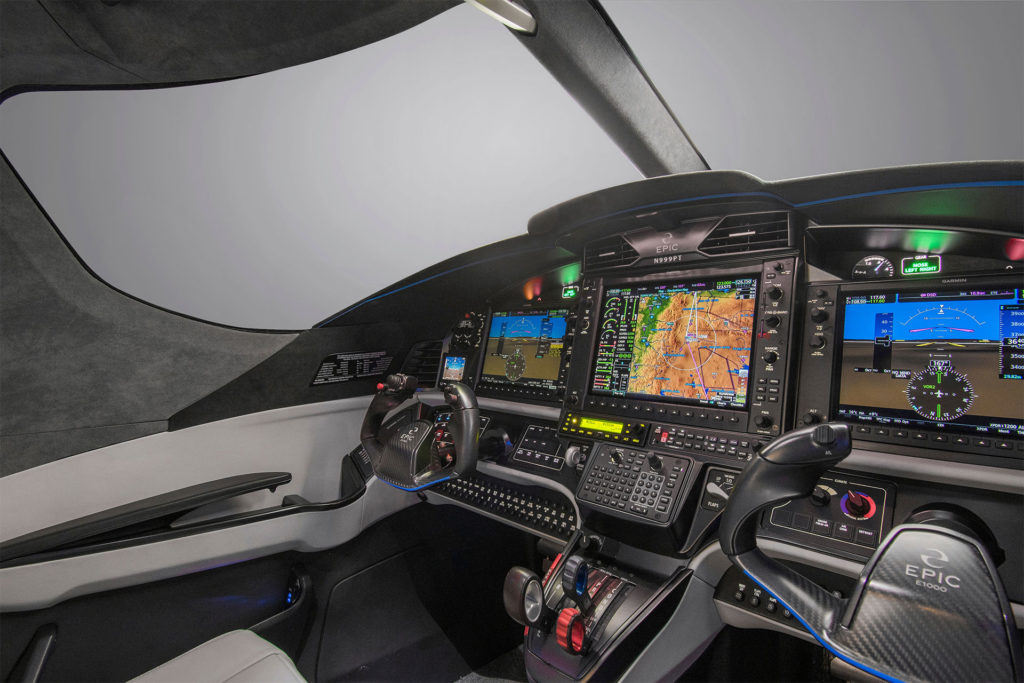
“Somebody takes the first step and dips their toe in by chartering an aircraft or buying a fractional aircraft; and then, over time, they may take an additional step,” said GAMA’s Hennig. “Now that these people have the experience, if they have the means and resources, I expect them to stay flying or buy used or new.”
He pointed out that the act of chartering a plane has been greatly simplified with the advent of custom apps within the last three to five years.
“Here we have a capability that now makes chartering an aircraft something you can do with a computer; it looks similar to booking a commercial flight. This has opened the field to more customers.”
While Hennig acknowledged the challenges GAMA members faced in 2020, he said there were some bright spots amidst the gloom.
“Some new products entered into service with first deliveries in 2020, so that’s a positive,” he told Skies. “Since the Great Recession (2007-2009), the light end of the market never fully recovered; but in recent years, you saw not only new airplanes entering into service, but also some new manufacturers coming in. There has been a lot of activity in this space, especially in the turboprop segment.”
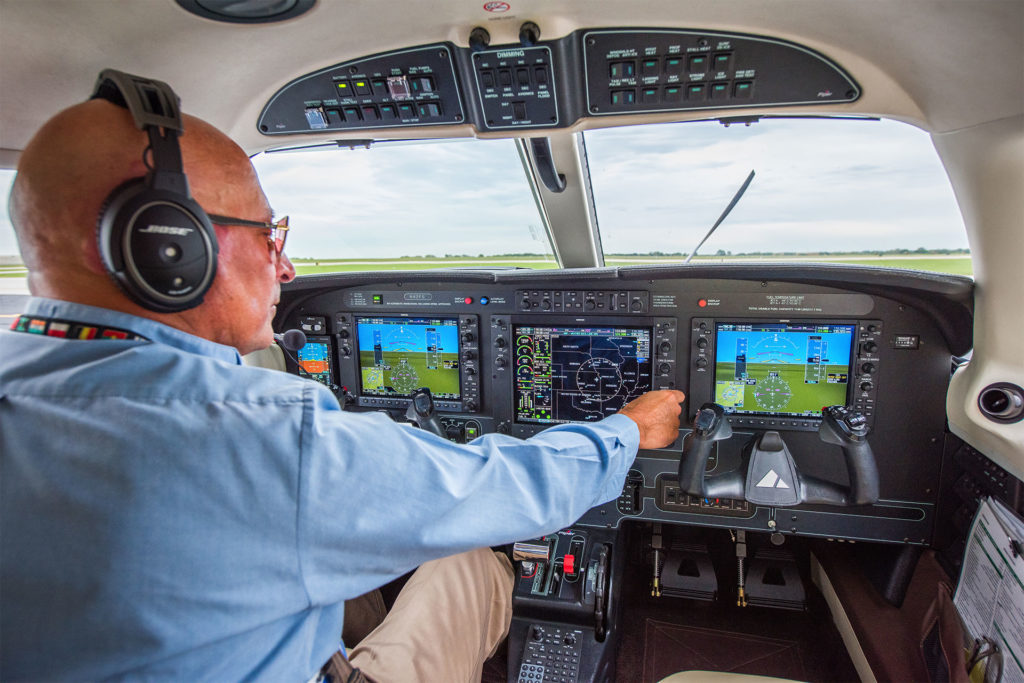
One of the manufacturers who celebrated a first delivery in 2020 is Epic Aircraft of Bend, Oregon. Its all-composite E1000 GX is a six-seat, single-engine turboprop with a base price of US$3.85 million. (The “GX” notes the recent addition of the Garmin GFC 700 automated flight control system and the Hartzell five-blade composite propeller.)
Despite a pandemic-related production shutdown, Epic managed to deliver six aircraft last year. Mike Schrader, the company’s director of sales, said the single-engine turboprop segment is popular with operators looking to move up from high performance, single-engine piston aircraft.
“If you are on either coast in the U.S., you’re about 3.5 hours from mid-continent. And if you are mid-continent, you’re about 3.5 hours from anywhere in the U.S. The E1000 GX has the flexibility and performance to get you where you need to go,” he asserted. “With its better time to climb and 34,000-foot service ceiling, all-carbon-fibre construction and ability to access 2,500-foot runways, this aircraft handles 1,200-mile trips very easily.”
Epic received U.S. Federal Aviation Administration (FAA) certification for the E1000 in November 2019. A few short months later, the company was confronted by the pandemic.
“We had to lay off all but our key staff, and then gradually bring people back in,” said Schrader. “We used the chance to adjust our planning and streamline our manufacturing. We’re at just over 200 people now, when normally we have 300-plus working here.”

Still, Schrader is optimistic about the E1000 GX’s entry into the market. “A lot of people I talk to are sick of flying on the airlines — even before the pandemic — and general aviation aircraft like ours allow people to personalize their flying experience.
“Before the shutdown, we had multiple lead inquiries each week. We are looking forward to getting back out in front of people this year. People are comparing our aircraft to the [Daher] TBM and the [Pilatus] PC-12, and even some of the light jets. We shine in our load carrying capability, range and performance.”
Schrader said the E1000 GX appeals to business owners and high net worth individuals, while its $650-per-hour average operating cost makes it suitable for the entry-level charter market.
Epic expects to deliver 14 aircraft in 2021, with production booked through 2022.
Positive Signs
While we’ve all turned the calendar to 2021, the fact is that COVID-19 still presents a massive global economic challenge. Still, there is hope on the horizon, with vaccines rolling out and some industries showing signs of growth despite — or even due to — the pandemic.
“We’re seeing very positive commentary coming out of the companies involved in charter activity,” said GAMA’s Hennig. “They have new customers calling them; people need to move around. They want to charter an aircraft. That is a positive driver for current and future aircraft deliveries.”
General aviation manufacturers are seeing increased interest in their products — not only from traditional sectors, but from a new category of buyer who is looking for safer ways to travel.
“We have all the pieces in place to make it a good year,” concluded Piper’s Gunnarson. “Some of it is beyond our control, but Piper is optimistic and well positioned for 2021 and beyond. When COVID is done we will all need to travel again, whether for personal or business, domestic or international. Not if, but when.”
